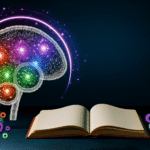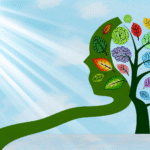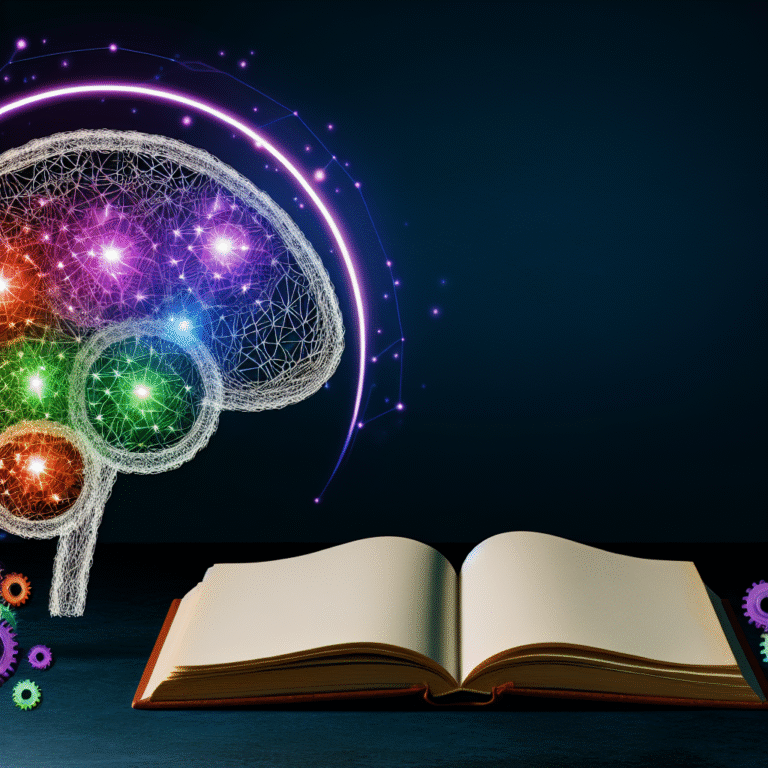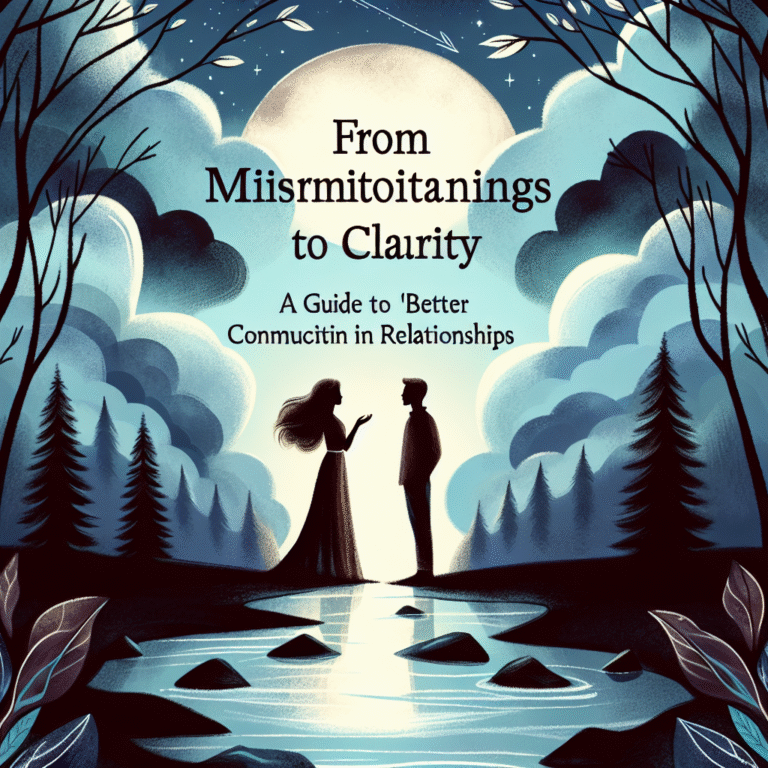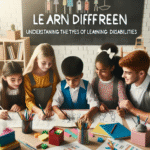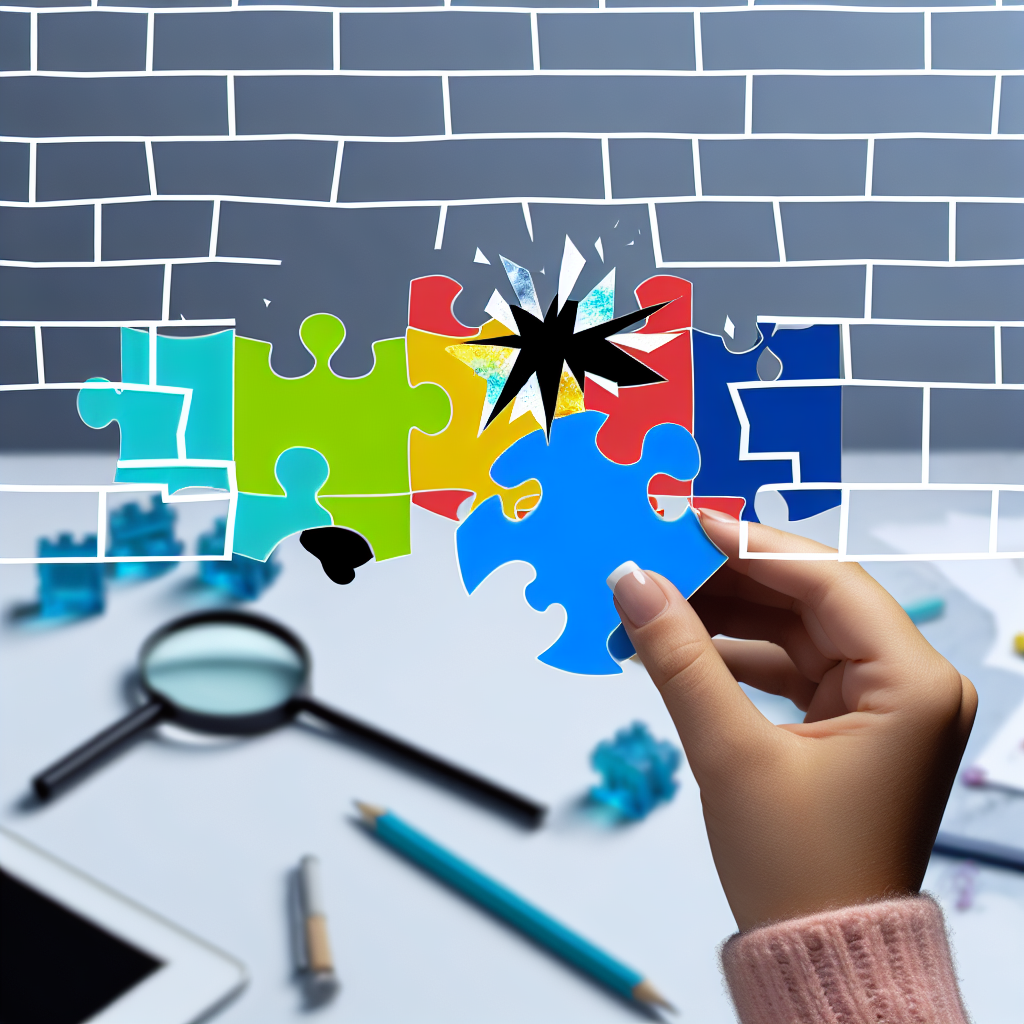
Breaking Barriers: Innovative Behavioral Techniques to Enhance Social Skills in Autism
Introduction
In an increasingly interconnected world, social skills are not just beneficial; they can be transformative for individuals on the autism spectrum. Enhancing these skills is crucial, as it fosters independence, builds relationships, and opens doors to new opportunities. The journey to mastering social skills can often feel like scaling a mountain; however, through innovative behavioral techniques, we can offer points of connection, understanding, and communication. This article, titled Breaking Barriers: Innovative Behavioral Techniques to Enhance Social Skills in Autism, delves deep into various methods that are redefining the landscape of autism interventions, revealing not only their effectiveness but also celebrating the resilience of individuals with autism.
Understanding Social Skills: The Core of Interaction
What Are Social Skills?
Social skills encompass the behaviors that facilitate interaction and communication with others. These include verbal skills such as language use, as well as non-verbal skills like eye contact, facial expressions, and body language. For individuals on the autism spectrum, inherent challenges may exist, but breaking these barriers with innovative techniques can significantly enhance these essential skills.
The Importance of Social Skills in Autism
Developing social skills is vital for meaningful connections, engaging in everyday conversations, and navigating social environments. This is especially true for individuals with autism, who often face social interaction challenges. Innovative behavioral techniques can empower these individuals, enhancing their quality of life and promoting inclusion.
Barrier-Breaking Techniques: A Comprehensive Overview
1. Applied Behavior Analysis (ABA)
Overview: ABA is a widely recognized method that focuses on understanding behavior and improving social skills through reinforcement.
Real-World Application: A case study featuring a 10-year-old boy named Ethan illustrates the efficacy of ABA. Initially, Ethan struggled to maintain conversations at school. By implementing reinforcement strategies, his therapist encouraged Ethan to initiate dialogues, significantly increasing his communication frequency.
Analysis
Ethan’s progress reflects ABA’s structured approach, highlighting how reinforcement can create positive behavioral changes and enhance social interactions.
2. Social Skills Training (SST)
Overview: SST involves direct instruction in social appropriateness, often through role-play, social stories, and group activities.
Case Study: A group of teenagers with autism participated in SST that focused on practicing conversations during social outings. Data collected showed an impressive improvement in initiating dialogues and interpreting social cues after just three months.
Analysis
This study underlines the effectiveness of social skills training in real-time scenarios, providing a platform for individuals to experiment and receive feedback on their social interactions.
3. Peer-Mediated Interventions
Overview: Peer-mediated interventions involve training peers to interact with individuals on the autism spectrum, guiding mutual learning and relationship building.
Case Study: In an elementary school, a program paired neurotypical peers with children with autism for collaborative learning activities. Over six months, teachers reported improved social engagement among participants, with reciprocal interactions increasing by 40%.
Analysis
This intervention exemplifies the power of peer influence and collaboration, showcasing how social learning opportunities can foster connections and enhance communication skills.
4. Technology-Assisted Learning
Overview: Technology, including apps and virtual reality (VR), can offer safe spaces for individuals to practice social interactions.
Case Study: A young adult, Sarah, used a VR program designed to simulate different social situations. After 20 sessions, she demonstrated increased confidence and had fewer anxiety responses when approaching real-life interactions.
Analysis
Sarah’s experience highlights the potential of technology in creating immersive environments, providing learners with the comfort of practicing skills without real-world pressures.
5. Cognitive Behavioral Therapy (CBT)
Overview: CBT focuses on changing negative thought patterns that hinder social interactions, fostering emotional regulation and improved communication.
Case Study: Kevin, a teenager diagnosed with autism, underwent CBT that addressed his anxiety surrounding social situations. Following the therapy, Kevin reported feeling more comfortable initiating conversations, with his success rate improving markedly in social scenarios.
Analysis
Kevin’s journey underlines how addressing cognitive patterns can help individuals navigate social situations, emphasizing the interconnection between emotional well-being and social skills.
The Role of Families and Communities in Social Skills Development
1. Family Support
Families are the primary advocates for individuals with autism. Open communication and nurturing environments can significantly aid in practicing social skills. Incorporating techniques such as positive reinforcement within the family unit can yield remarkable results.
2. Community Engagement
Community programs that welcome inclusivity play a vital role in social skills enhancement. Offering activities that encourage interaction can serve as a platform for individuals with autism to practice their skills in diverse settings.
Moving Beyond Conventional Approaches: The Future of Social Skills Training
The landscape of social skills training for individuals with autism is evolving, and it is crucial to stay informed. Just as importantly, breaking barriers requires continuous societal support, acceptance, and understanding.
The Power of Inclusivity
Creating an inclusive environment that embraces neurodiversity encourages collaboration and innovation. By implementing novel techniques while also fostering community support, we can break down the walls that often inhibit connection for individuals on the autism spectrum.
Conclusion
In the quest for enhancing social skills in autism, innovative behavioral techniques offer promising pathways that foster confidence, connection, and community. Through examples like ABA, SST, and technology-assisted learning, we witness the real-world impacts of breaking barriers and enhancing the lives of individuals with autism.
Remember, every small step counts. Whether you are a parent, educator, or a peer, your role in this journey is invaluable. Together, we can foster environments that support social growth and inclusivity, paving the way for a brighter future.
FAQs
1. What are effective social skills training programs for children with autism?
Programs like Applied Behavior Analysis (ABA) and Social Skills Training (SST) have shown effectiveness in improving communication and interpersonal skills.
2. How can technology aid in developing social skills for individuals with autism?
Technology can provide interactive and engaging platforms for practicing social interactions in a controlled environment, bridging the gap between theory and real-world application.
3. What role do peers play in supporting autistic individuals?
Peer-mediated interventions leverage social connections, allowing for natural learning opportunities that empower individuals with autism to engage more effectively in social settings.
4. How can families contribute to their children’s social skills development?
Families can engage in positive reinforcement practices and create supportive environments that encourage their children to practice social skills regularly.
5. What is the importance of community engagement in enhancing social skills?
Community programs foster inclusive environments where individuals with autism can practice and enhance their social skills, promoting acceptance and understanding among diverse groups.
Breaking Barriers: Innovative Behavioral Techniques to Enhance Social Skills in Autism represents a collective journey of individuals, families, and communities striving towards a more inclusive world. Embrace these techniques, and be a part of the movement that celebrates every social interaction as a victory.
